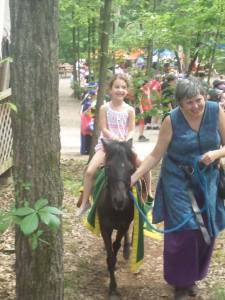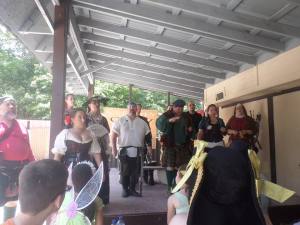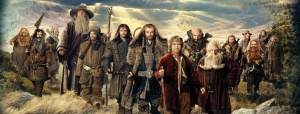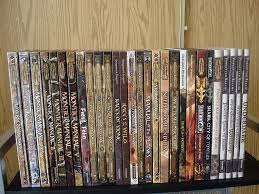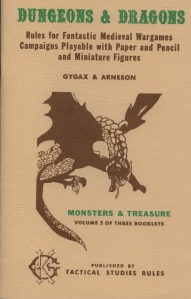I have been to the St. Louis Renaissance Faire when it was cold and rainy. I have been there on gorgeously sunny days with no humidity. There were also times when the heat and humidity were so high people walking past left vapor trails. Traditionally we go on Memorial Day weekend and this year was no exception.
But regardless of the weather we always have a great time!
The day started off cool but got hotter and more humid by the mid-afternoon. Since that is also the time the crowds get bigger it makes for a stuffy and claustrophobic time. But by then we are ready to go home and the heat and crowds only confirm our decision!
The Faire’s website is here: http://www.stlrenfest.com/info.html. It runs weekends this year through June 16th and is described on their website as:
The St. Louis Renaissance Faire is a long-standing event that brings you the adventure, excitement, and spirit of the Renaissance!
Travel back in time as you step into the beautifully wooded, 16th century French village we call Petit Lyon! Thrill to the exploits of Jousting Knights on thundering steeds. Roam the village shoppes for unique crafts as our artisans demonstrate period skills like blacksmithing and woodworking. Delight in comedy, music, magic, and more on our nine stages of non-stop entertainment! Feast on delicious food and drink from the far reaches of the globe, and interact with the colorful villagers, nobles, peasants and characters of ages past!
Children will love the petting zoo, games, and daily free activities. Adults will enjoy beer, wine, and mead at our three thematic pubs! There is truly something for everyone at the St. Louis Renaissance Faire! Huzzah!
(they might want to update this as they have not had the petting zoo for a handful of years now…)
Traditionally my wife and I attend the Faire to listen to and watch 3 Pints Gone perform. They are a trio of musicians who play Celtic traditional folk songs: Bill Masino, Kathleen Masino and Jesse Linder. Their latest CD is called “It’s About Bloody Time!”
Jesse, just so you know, is my wife’s brother. In past years we spent most of our time watching them perform and wandering the Faire between sets. This year and last my sister and her family went with us and we wandered more of the Faire grounds with our daughter and their four children. Our daughter Abby beamed with happiness playing with her cousins as well as cheering on her Uncle Jess!
Another set of friends joined us at the Faire for the first time this year – the same friends who joined us at Wizard Con two days before! We coincidentally arrived at the front gate at the same time, saw them several times during the day and coincidentally saw them at the gate when we left! They also had a wonderful time!
But back to the kids: there was a lot for them to do! Abby’s favorite was the pony rides. She spends the rest of the year looking forward to the pony rides! Oh god how she goes on about the pony rides. Always with the pony rides…
One booth we enjoyed allowed children to blow bubbles, dress up in renaissance outfits for pictures, and play tic tac toe and ring toss. They also had a large sandbox. Ooo, my daughter and her cousins loved the sandbox. It was a nice place for the parents to sit and rest while the kids played.
Once again the Faire had the Quest for the youngsters. The take their quest sheet to various vendors or performance areas where they are given a stamp. Fill in all the stamps (about twelve or so) and at 2:30 the king will knight the boys and the queen will make the girls a princess! They each receive an official scroll with their title! Fun for the kids but also fun for us OCD adults looking for the special sign in front of the participating shops and areas!
It was a nice way to get shy boys and girls to go up and ask for a stamp and to learn to say “please” and “thank you”. Everyone was very friendly to the kids, although one booth tried to sell our two girls into buying something. “Only two dollars,” the lady said, not realizing our five-year-olds were still oblivious to the concepts of money and purchase of things … we thanked her and left. That’s not the nice fairy pictured, just so you know…
Throughout the Faire, performers dressed as various types of fey gave the children small colorful stones. They could trade the stones in for necklaces and bracelets at the fairy grove. My nephew enjoyed his spider ring and my niece traded for a pretty bracelet. My daughter got a shell necklace. It took some doing – at first she preferred to keep the shiny stones!
Photos of past Faires are available for public viewing on my Facebook page. Because of the children with us the more recent years are for Friends only. I’m sure you will understand. If you don’t, go get bent …
I kid …
While I’m thinking about it … no, no I don’t …
We like to go during Memorial Day weekend but this was the first time we attended on the day itself. They have a touching ceremony for fallen soldiers every year on the jousting tournament grounds that most of the performers try to attend. The royal cast was there (the king and queen and their entourage who roam the Faire grounds and greet visitors all while in character) and singers from various groups were asked to do the national anthem (ours, not renaissance-era France’s – if they even had one). On this day the singers were asked to meet at 1:50, but by then the ceremony had begun and they were unable to sing. So they met on the stage where 3 Pints Gone performed at 2:00 and sang it there instead!
Some performers and booths were unavailable this Monday of Memorial Day. But there were plenty of renaissance-themed items for sale – clothing, gear, jewelry, and more artwork than I remembered being sold in the past. Lots of fantasy-themed items, too: dragon puppets and the like. The food vendors were my favorite this time out. I was hungry! Bison burgers, brats and nachos for the kids. Hard cider took the edge off the heat, but later in the afternoon nothing tasted better than bottled water!
I was glad to find Raymond Edge at his usual booth. I complimented him on his trilogy of books I bought last year. He has a new one out now – a memoir of Saint Nicholas! I may buy that next year (Wizard Con tapped me out for the next few months!). I asked him about his planned fourth book in his series and he said it might be out this time next year – he had to stop the fiction to write a textbook. That way he can make some real residuals. Funds before fun!
Perhaps because of the special day I missed some of my favorite local regulars who attend and perform. That is, they either did NOT make it to this third day of a three-day weekend or I simply couldn’t find them.
Aaron Rabe, who does a pitch-perfect Captain Jack Sparrow was likely too busy at that weekend’s St. Louis Wizard Con to perform and I also missed a few other cosplayers who likely attended the busier Saturday or Sunday. Having said that, there were lots of people in costume to complement the hired performers.
My nephew especially enjoyed the magician. He performed at the stage usually saved for a children’s story hour. I did not see his act but per the website he was Korso the Magician. I walked past him a few times showing children and adults a few tricks.
We usually ignore the themed weekends – if only because we do not dress up and participate. My sister’s family looked forward to this weekend’s Highland Fling, but that was set aside for the Memorial Day ceremonies. They have a pirate-themed weekend and an Irish weekend. Last year the performers and cosplaying guests created an impromptu “drow invasion day” where the dark elves attacked! As our daughter and her cousins get older we may pay more attention to these special events.
Watch the Faire’s website for these kinds of specials – and on some weekends if you bring canned goods to donate you can get a discount on tickets! Sweet!
I will see you there next year!
Copyright 2015 Michael Curry


